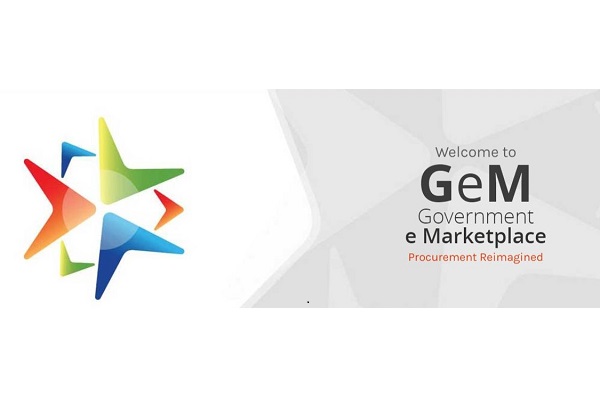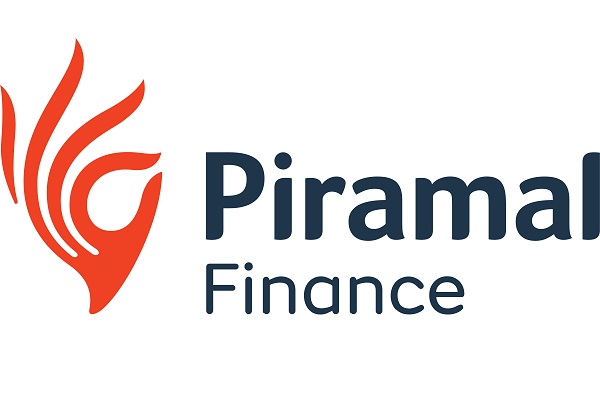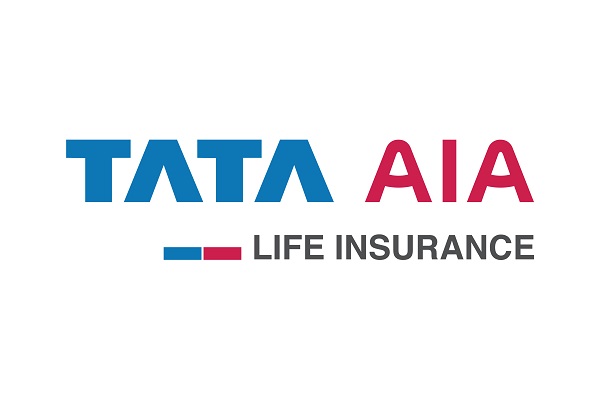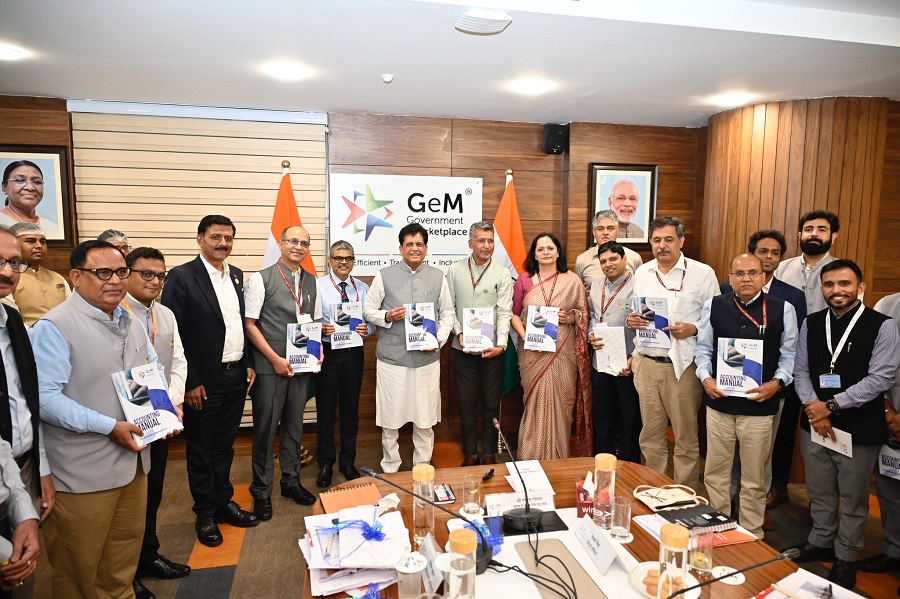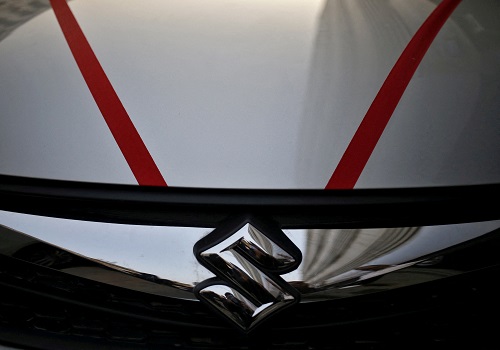BFSI Strategy: The new order! - Motilal Oswal

BFSI Strategy: The new order!
The divergent decade makes way for a fresh cycle
The allocation conundrum within BFSI
* The BFSI sector enjoys the highest weights in the Indian equity market indices. Over the years, the sector representation has been getting better outside pure banks with several new listings - NBFC, SFBs, Life Insurance, General insurance, Capital market firms, Wealth management firms etc. However, the large weight and the perennial dilemma still remains on how much to allocate within banks, and especially within banks itself – Retail or Corporate?
* The BFSI sector has been through an unusually turbulent period in the past decade. The growth slowdown coupled with asset quality stress resulted in big divergence in performance [Exhibit 13]. Credit growth decelerated from 22% in FY00-10 to 12% in FY10-20 [Exhibit 7]. The asset quality review over 2015–16 brought to the fore the underlying stress in balance sheets. Subsequent events – the demonetization, GST, and the ILF&S crisis – further aggravated the stress.
Past decade: Value migration towards private/retail banks; divergent performances
* In the past decade, the sector saw clear value migration towards private sector banks, which gained market share in loans to 36% in FY20 from 18% in FY10. Share of Retail in overall credit expanded from 19% in FY10 to 26% in FY20 [Exhibit 10].
* Also, within the banks, the corporate oriented banks struggled with asset quality concerns – SBI, ICICI and Axis consumed 37-63% of decade’s cumulative PPOP in provisions vs. 10-15% for retail oriented banks like HDFC Bank and Kotak Mahindra Bank. Consequently, over the decade, the contribution of HDFC Bank/KMB/BAF in profit and market-cap pool expanded from 20% to 50% and 29% to 61%, respectively, while that of SBI/ICICI/Axis shrunk commensurately [Exhibit 5-6, 11-13].
* This reflected in the share price performance as well. OverMarch’10-May’21, while HDFC Bank and KMB multiplied 9.5X-13.4X, BAF delivered 29x returns, SBI, ICICI and Axis returned only 2.8x-4.8x, signifying the scale of underperformance. [Exhibit 7-8].
* Thus, the weights of HDFC Bank and KMB in Nifty increased from 3.9% and 0.9% in FY10 to 10.2% and 4% in FY21 while that of ICICI and SBI contracted from 6.5% and 3.9% in F10 to 6.3% and 2.2% in FY21. [Exhibit 14-18]
Decade ahead: New cycle on the anvil; corporate banks in better shape
* However, the cycle for the corporate banks (now they have also migrated into significant retail banks) now seems to be changing. Large banks such as SBI, ICICI, and Axis have undergone adverse corporate asset quality cycles, which bottomed out over FY18–19. These banks have also beefed up their balance sheets by raising capital during the pandemic and emerged stronger in FY21 with the solid performance on PPOP/earnings and asset quality. They are sitting on (a) high provision coverage ratios of 70–80%, (b) strong capital ratios, and (c) robust balance sheets.
* As we look at the near- and medium-term picture, economic growth drivers seem to be shifting incrementally towards capex and manufacturing, with GoI prioritizing manufacturing through a variety of structural reforms. As growth picks up and peak of stress is behind, the combination of earnings tailwind and re-rate in valuation multiple provides room for outsized returns.
SOTP contribution is stronger and growing!
* Concurrently, over the years, the SOTP story of large banks has turned highly attractive, with the contribution of subsidiaries inching up in the total intrinsic value and cushioning overall valuations [Exhibit 15].
* We expect this trend to get stronger as the financialization of savings plays out
Earnings pick-up + Valuation headroom = Performance divergence, again
* As growth picks up, the earnings momentum of corporate banks coupled with the valuation headroom can serve as twin catalysts for outperformance. Typically when the cycle turns, the valuation multiple of stock shifts from the lows to highs and doesn’t trade at average multiples of the cycle. This shift in valuation multiple expansion from lows to highs drives outsized gains.
* Our preferred ideas are ICICI, SBI, and Axis. In the MOFSL Model portfolio, we have an OW stance on BFSI. Separately, our BFSI team recently released launched a sector model portfolio.
To Read Complete Report & Disclaimer Click Here
For More Motilal Oswal Securities Ltd Disclaimer http://www.motilaloswal.com/MOSLdisclaimer/disclaimer.html SEBI Registration number is INH000000412
Above views are of the author and not of the website kindly read disclaimer


